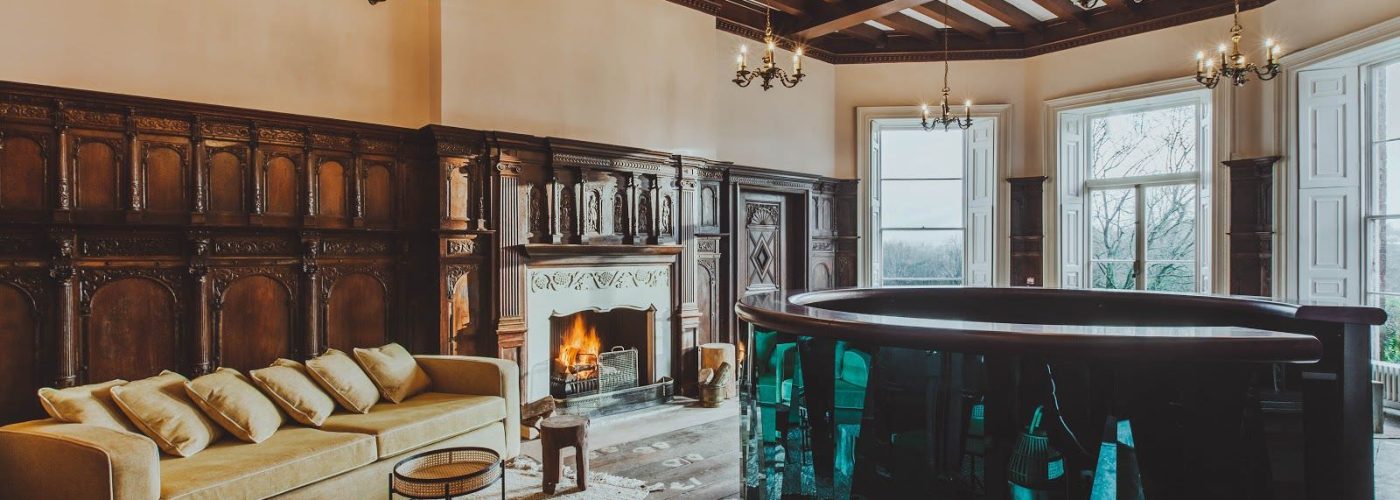To coincide with the August opening of Birch, the ‘next-generation escape’ hotel just outside London, international architecture and interiors practice Red Deer have considered how Covid19 challenges the luxury hotel market.
Covid19 has created a distance between us for a period of time, but when we come back together in the coming years, Red Deer believes that a new shift in the luxury market will emerge from our time apart. Red Deer consider the term ‘luxury’ as degraded through overuse, and the parameters of what constitutes a ‘luxury hotel’ can be tricky to define. The concept can be specific to each individual guest, based on their own expectation, habits and culture. For Red Deer, luxury comes from the creation of a meaningful emotional connection between the hotel guest and the space they inhabit.
Forbes contributor Pamela N. Danziger writes: “Millennials represent only about 32% of spending in the personal luxury market, but by 2025 they are expected to make up 50% of the total market. Some 130% of market growth in the next seven years will be attributed to the Millennial generation.”
The luxury industry has often aligned with indulgence and excess rather than sustainability and connections. Quality craftsmanship and experiences may continue to command a premium price tag, however, Millennials are creating a new focus towards sustainability. Both Millennial and Gen Z groups’ expectations from luxury brands are very different from those of Gen X and Baby Boomers who favour traditional wealth values. Social connections and insider knowledge are of more importance to these younger consumers who are more likely to make value-based acquisitions and purchases. Luxury weaves its way through their experiences, free time, travel, community, self-growth and security.
For the Birch hotel project, Red Deer deconstructed the meaning of a hotel and pieced it back together to ensure that no element was intrinsic without careful consideration. The obvious need for a bed and bathroom are present, however, more attention was given to the contemporary ‘luxuries’ such as a TV, telephone and smart lighting systems to ascertain their place in a luxury hotel for an increasingly younger generation of guests.
As the landscape for luxury hospitality has evolved, the onus is now focused on creating a unique and personalised one-to-one experience for guests. This bespoke experience is a key driver throughout the design of Red Deer’s projects. With Birch, Red Deer felt it crucial to collaborate with local artists and makers to create some unique pieces in the rooms and challenge the idea that uniformity was essential for large batch furniture specification.
The most prominent of these pieces is a bespoke valet stand constructed by Jan Hendzel Studio, utilising recycled plastic orbs by sustainable material designer Charlotte Kidger, textured vases by ceramicist Emma Louise Payne and hand-beaten copper bowls by metalsmith Lucie Naujalis. It’s a piece that is intimate and personal, telling a story of three different elements brought together in a single form that is simultaneously light and robust, whilst able to be easily taken apart when required and updated over time. It’s a piece designed to stimulate the guest’s senses and spark their curiosity.
Before the pandemic, the global luxury market was predicted to reach €1.3 trillion by 2025. As the hospitality industry enters a challenging period in Q2/3 2020 it is ever-important for the designers and hotel investors to consider the changing market needs and place social connections and insider knowledge alongside premium experiences at the forefront of their business models. Hotels aren’t just bedrooms with smart technology, but memory-making experiences that create value and loyalty.
Red Deer believe Birch to be an example of how hospitality projects should be approached, considering a long-term commitment to sustainability within a renovation or new build as a crucial component of architectural design.





